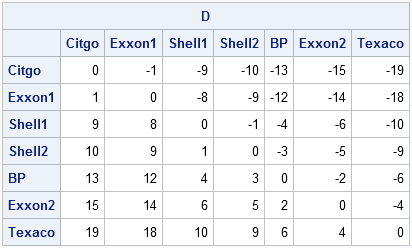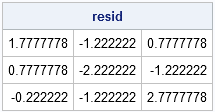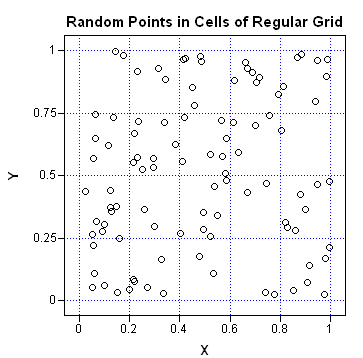The DO Loop
Statistical programming in SAS with an emphasis on SAS/IML programs
I enjoyed the Dataists' data-driven blog on the best numbers to choose in a Super Bowl betting pool. It reminded me of my recent investigation of which initials are most common. Because the Dataists' blog featured an R function that converts Arabic numerals into Roman numerals, the blog post also

The other day, someone asked me how to compute a matrix of pairwise differences for a vector of values. The person asking the question was using SQL to do the computation for 2,000 data points, and it was taking many hours to compute the pairwise differences. He asked if SAS/IML

On Friday, I posted an article about using spatial statistics to detect whether a pattern of points is truly random. That day, one of my colleagues asked me whether there are any practical applications of detecting spatial randomness or non-randomness. "Oh, sure," I replied, and rattled off a list of
When you pass a matrix as an parameter (argument) to a SAS/IML module, the SAS/IML language does not create a copy of the matrix. That approach, known as "calling by value," is inefficient. It is well-known that languages that implement call-by-value semantics suffer performance penalties. In the SAS/IML language, matrices

Last week I generated two kinds of random point patterns: one from the uniform distribution on a two-dimensional rectangle, the other by jittering a regular grid by a small amount. My show choir director liked the second method (jittering) better because of the way it looks on stage: there are

One of my New Year's resolutions is to learn a new area of statistics. I'm off to a good start, because I recently investigated an issue which started me thinking about spatial statistics—a branch of statistics that I have never formally studied. During the investigation, I asked myself: Given an
